The Falls
Thomas 'John’ Lee Hammer (Thomas Lee Hammer) is a Brisbane-based emerging artist, of Gubbi Gubbi descent.
House Conspiracy wishes to invite you to spend some time with his current work and in conversation with John for 'The Falls' showcasing work in development from John's time as Artist in Residence at House Conspiracy.
Hammer often uses photography, text and the act of
burning sticks and building materials as his choice of medium to articulate his practice. He tends to explore self-identity, family history and community, he uses those examinations to critique practices that have effected the communities his family history is embedded within and to reconcile his family histories in postcolonial Australia.
SHOWCASE DOCUMENTATION
Click through to view event and artwork documentation
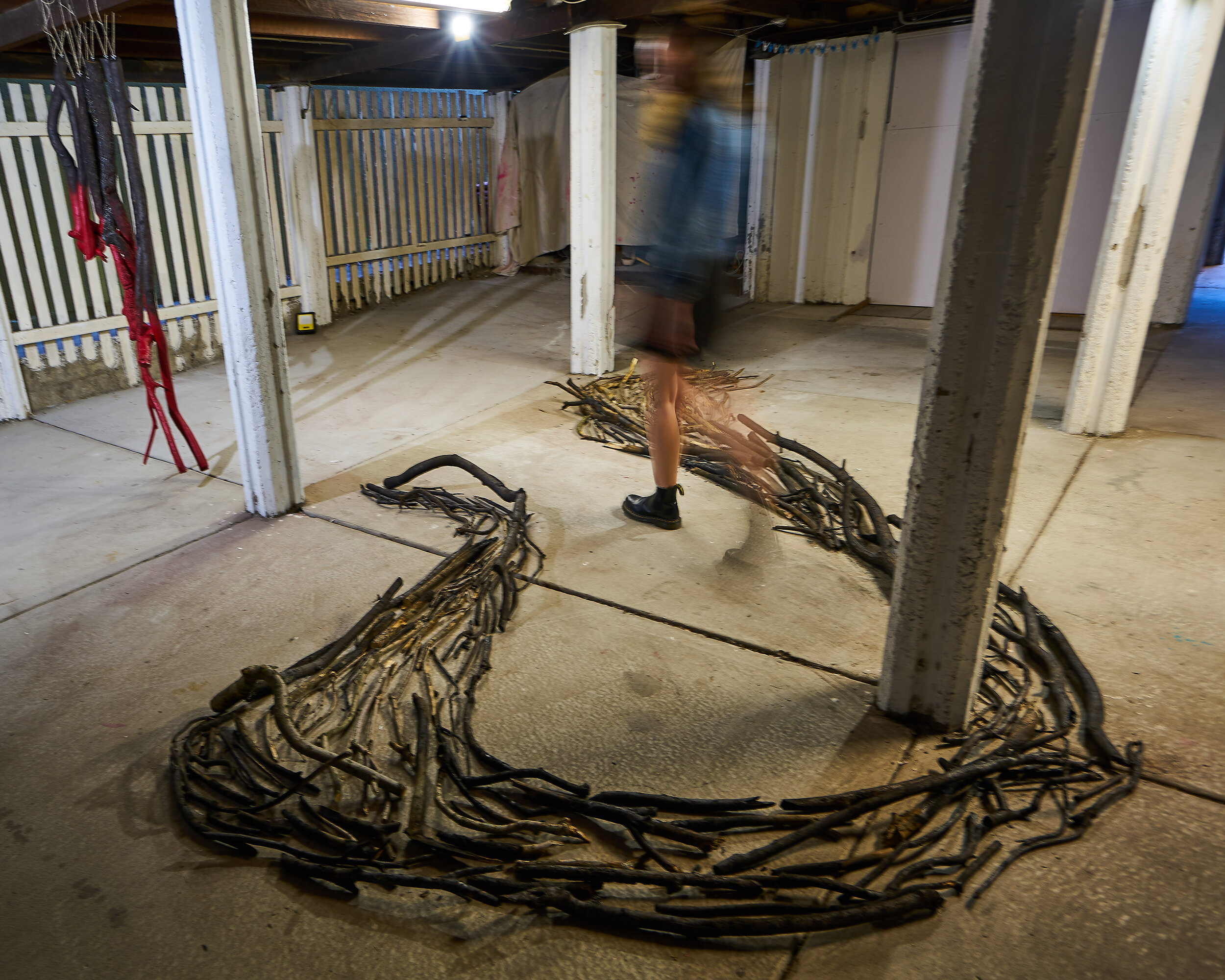

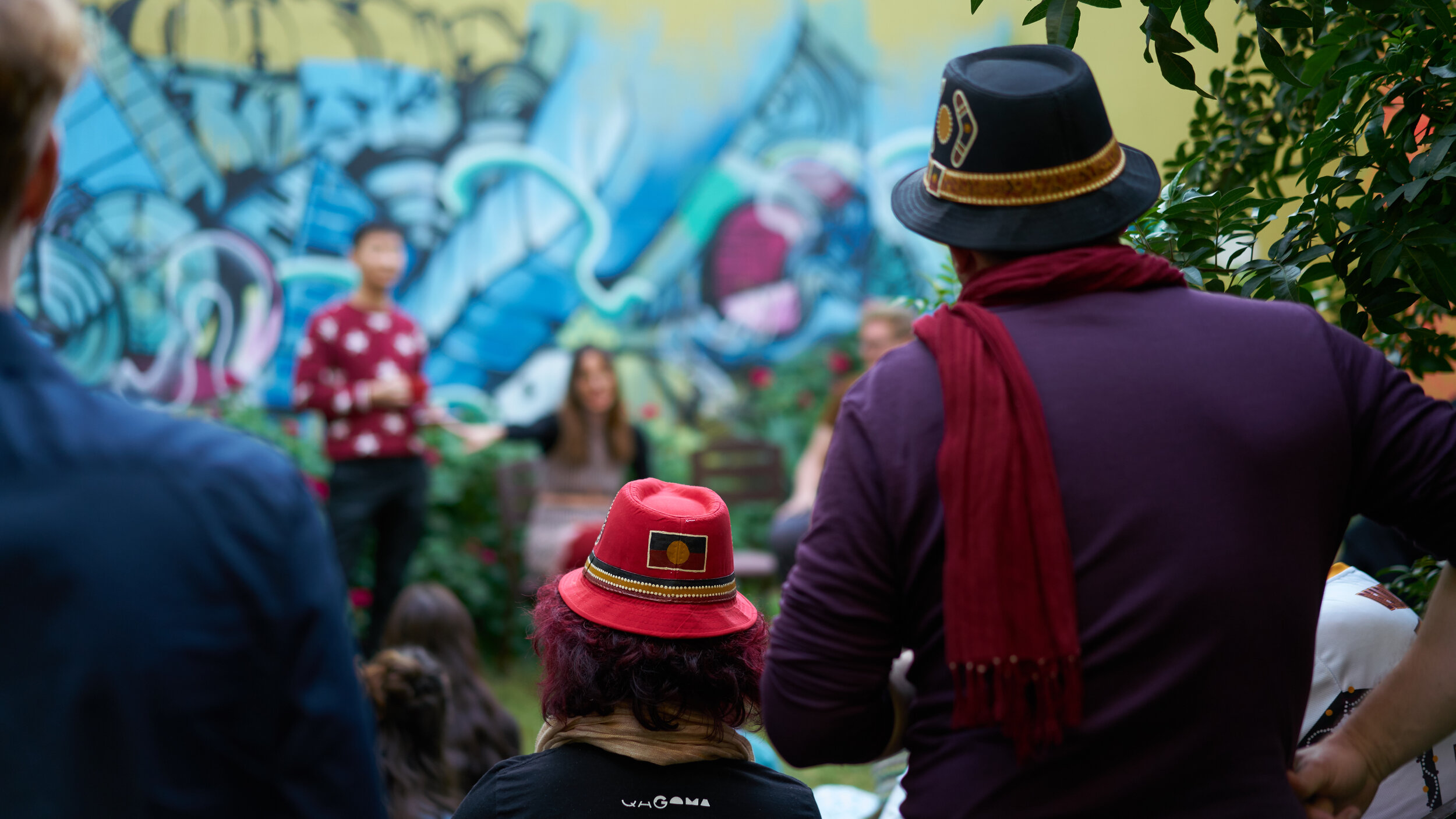
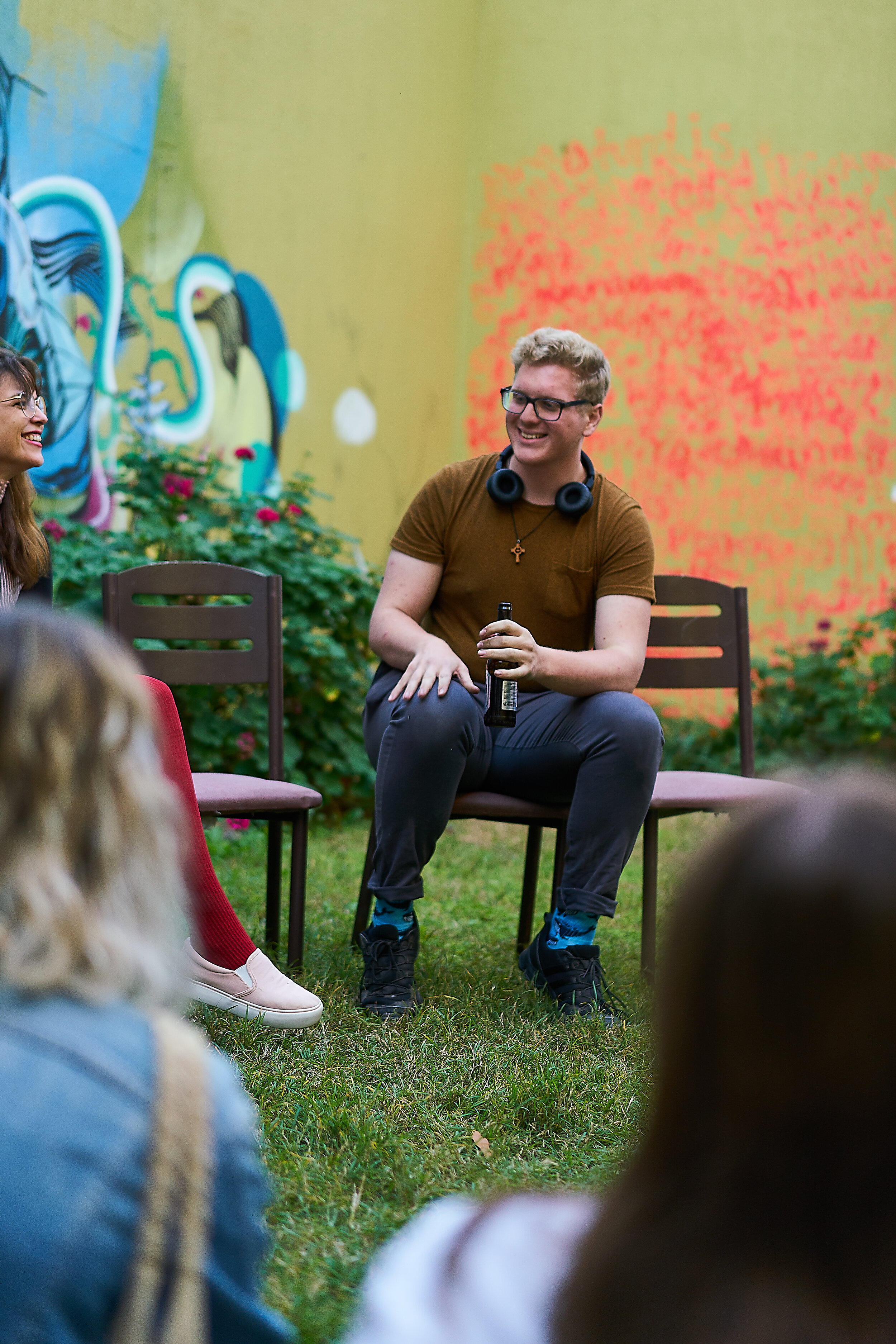
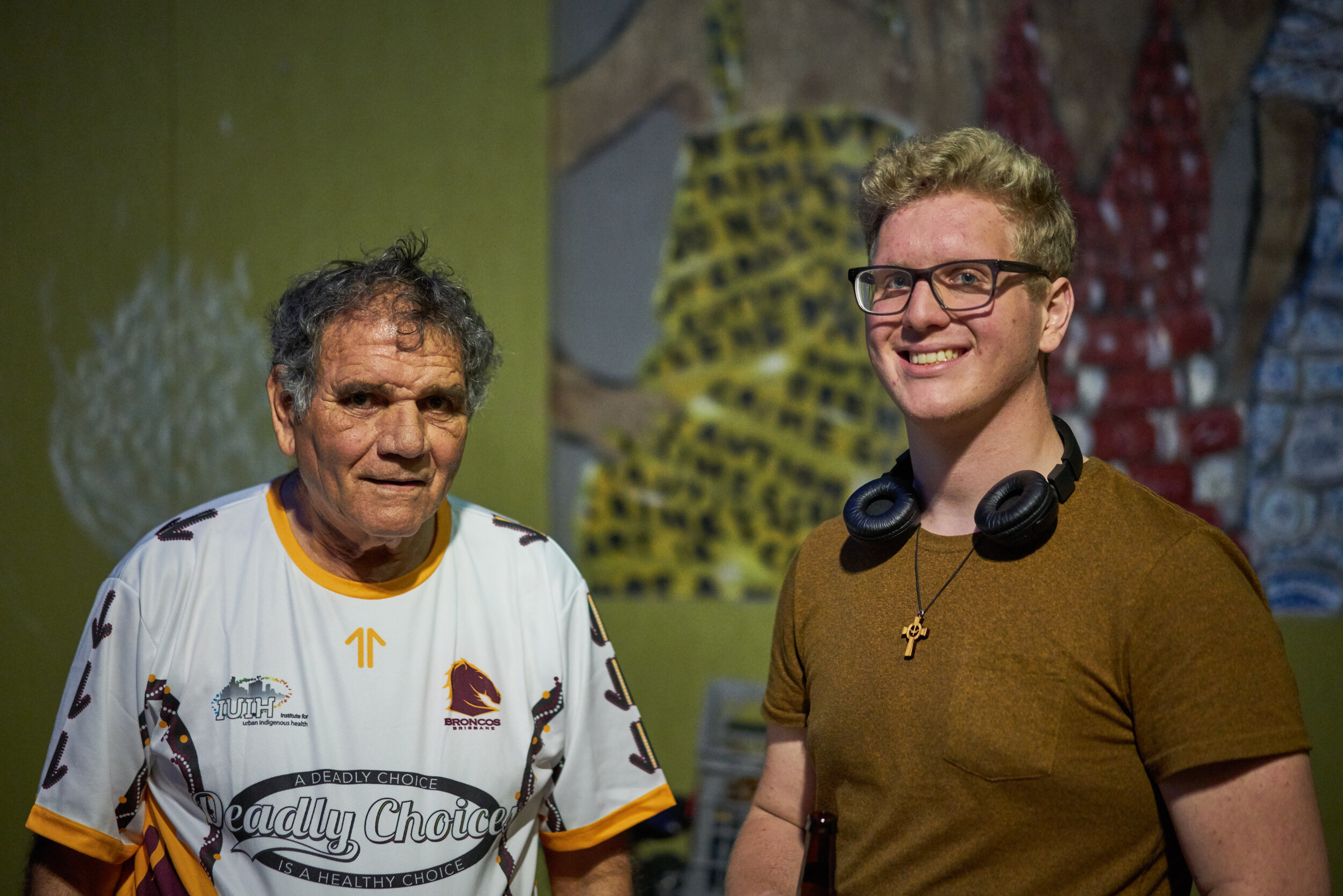
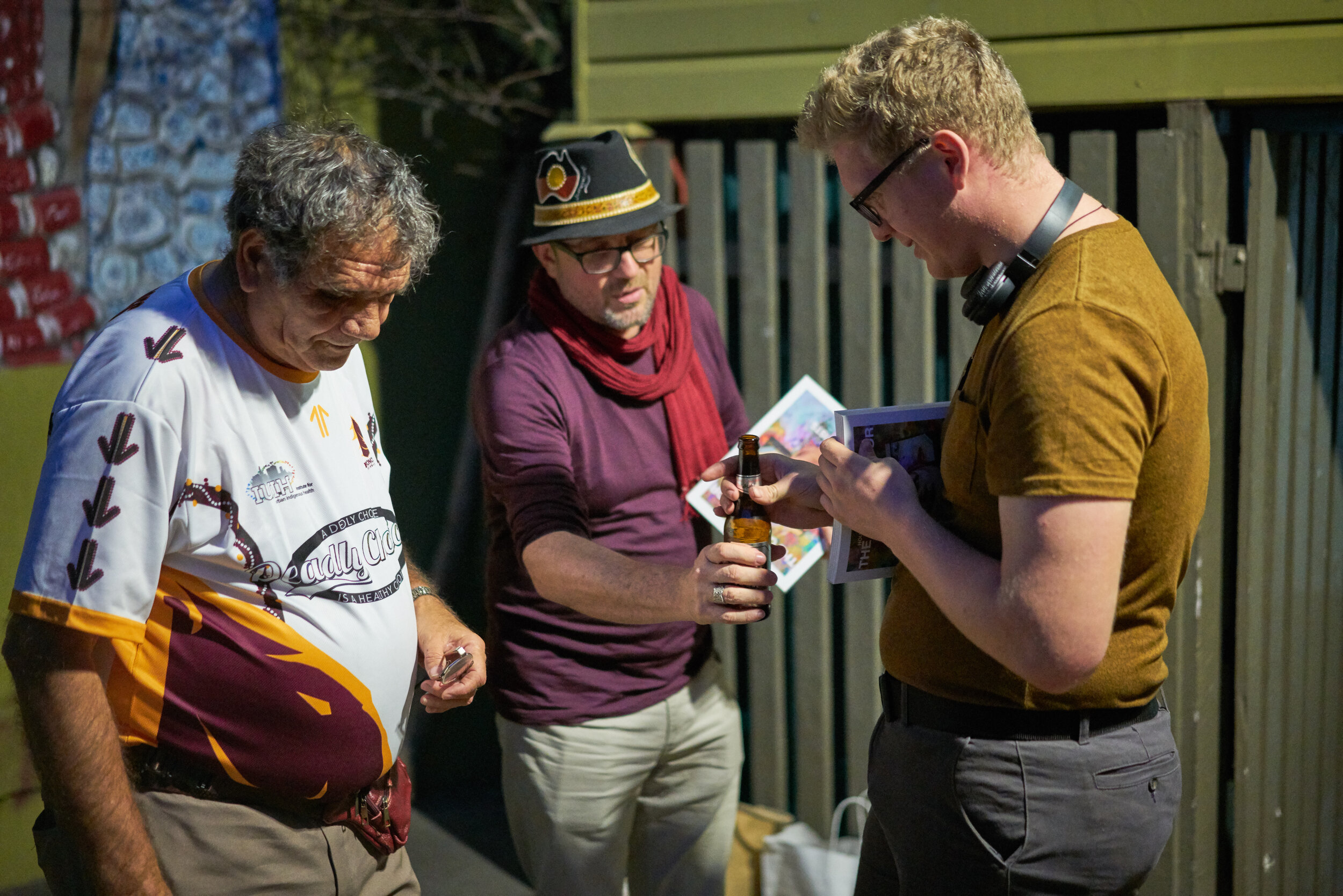
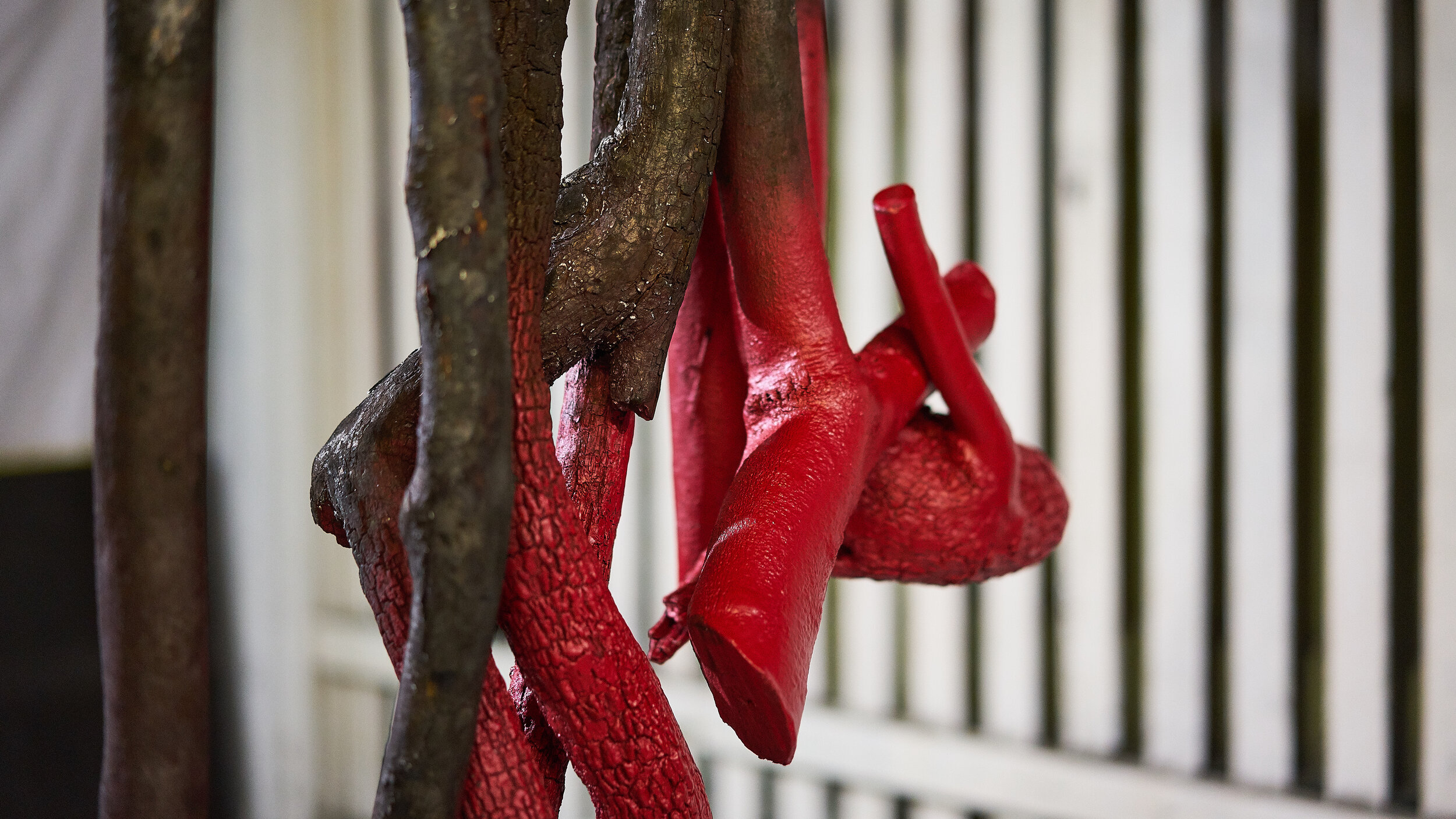
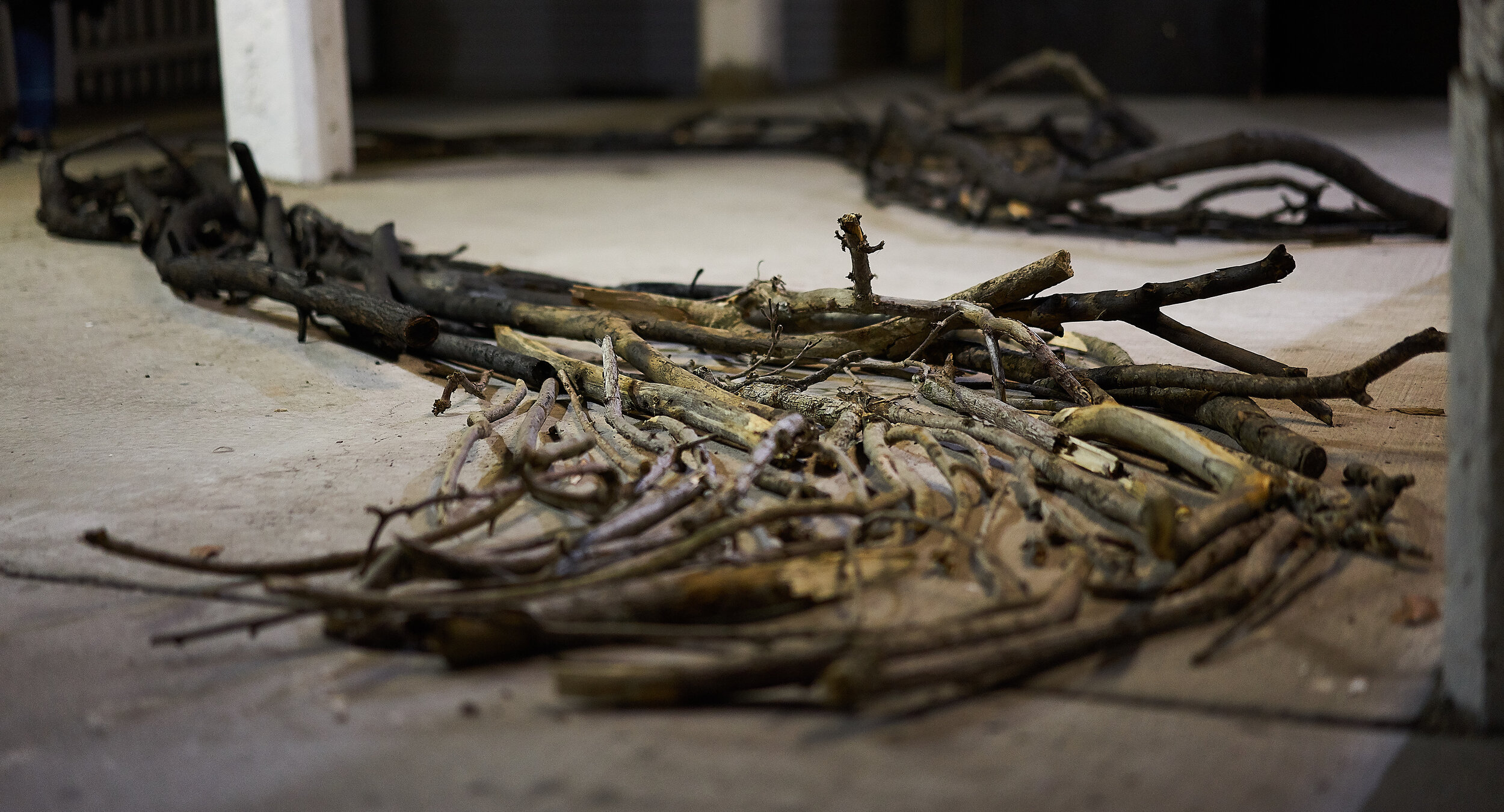
Photos by Oliver Barker
Words by Olivia Trenorden and Zali Matthews
Two months ago, we sat in at John Lee Hammer’s artist talk at his solo show The Falls, held at House Conspiracy. This intimate event was a culmination of a six-week residency, in which Hammer produced a set of works that reference the still-persisting traces of colonialism, the burnt Australian landscape and his own family history - including his newly realised patrilineal Indigenous heritage. It was a celebration of ‘firsts’, being both Hammer’s first solo show and House Conspiracy’s first solo residency.
Hammer is a recent graduate of a Bachelor of Fine Arts at the Queensland University of Technology. His Indigenous heritage derives from the Gubbi Gubbi people, with his ancestors coming from Tin Can Bay. Distanced from his father as a child, Hammer only connected with his paternal grandparents in 2017. Despite always knowing of his Indigenous heritage, he experienced feelings of imposter syndrome, explaining that he was, “raised as a white person.” It was only when he was embraced by his paternal grandparents that he began to connect with his roots and country. Indeed, he says of his upbringing that, “my ancestry and history are deeply entrenched in the Australian landscape, which gives me my affinity to the Australian bush.” The Falls is thus both a celebration of his identity and a critique of racial politics and the nature of so-called ‘post-colonialism’ in Australia.
Wedged between two concrete apartment blocks, House Conspiracy is notable for its iconic Queenslander architecture and faux domesticity. Upon further investigation, however, its role as a central component of the emerging West End art community in Brisbane becomes apparent. Under the house, Hammer has intricately and delicately positioned his work to hang from the ceiling and snake along the floor. His works I Falls and II Falls deliberately occupy the space, forcing the viewer to manoeuvre around them in an act of careful negotiation.
Upon entering the space, we see a set of large wooden sticks that the artist has burned and dipped in an almost garishly bright and unnatural shade of red spray paint. There is something both natural and unnatural in these works, the inhuman shade of red starkly juxtaposed against the natural brown colour of the wood.
The title of the works and the show respond to the site of Coomba Falls, a popular leisure destination for non-Indigenous people. It is also the site of a massacre of the Waka Waka and Buijabara peoples that took place in the mid-nineteenth century. Hammer first visited Coomba Falls with his grandfather, who told him about the poorly documented and tragic deaths of over 300 people, who were subsequently buried without dignity in the ‘bottomless hole’ of the Falls. Visitors who swim at the Falls describe it as a beautiful place, blind to the atrocities committed there. Hammer’s grandfather says that the site is haunted, and that it should not be swum in. For Hammer, it was this moment combined with his connection to his Indigenous heritage in 2017 that reconfigured the way that he considered the Australian landscape and the narrative that colonial history telling perpetuates.
I Falls weaves its way around House Conspiracy’s architecture, operating as a linear expression of the Australian landscape and as a conception of ignorance. Hammer burns a little over half of the sticks he has collected as a commentary on the “reality of the situation [the massacre]” as perpetual and continuous.
II Falls hangs from the ceiling, almost ominously. The obvious and jarring contrast between the naturalness of the wood with the artificial red spray paint commands the viewer's attention. Acting as a reminder that the massacre is of colonial invention, the spray paint acts a visual link not only to blood spilt but also to the nature of commodification of the Australian landscape by colonial powers.
John is a storyteller - it comes to him naturally, without effort. The ease and grace with which he discussed his works at his artist talk and in his answers that accompany this text also manifest clearly in his work. Despite telling truths of colonial atrocities, his works are also infused with sublime beauty. They are at once fiercely political, but at their heart deeply personal. At its very core, this exhibition is a reflection on family and identity, and his accompanying answers can attest to that focus.
This show is a stark critique of post-colonial Australia, demanding justice for the people who lost their lives at this site and for acknowledgement of the trauma that occurred. Hammer calls for Australia to acknowledge its colonial history - what House Conspiracy’s Ellie-Lea Jansson calls “a deep cut that we live above” - and to consider the systematic abuses that Indigenous people continue to face in this seemingly post-colonial world.
CREDITS:
Click on Names for Profiles
Artist in Residence: Thomas ‘John’ Lee Hammer
Showcase Writer: Zali Matthews, Olivia Trenorden
Creative Producer: Ellie-Lea Jansson
Documentation Photography: Oliver Baker
Production team: Ella Callander, Joaquin Gonzales
